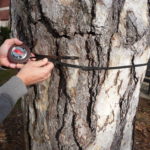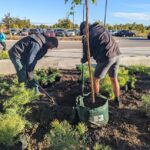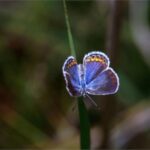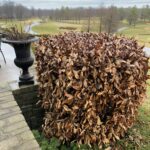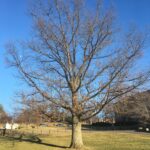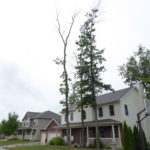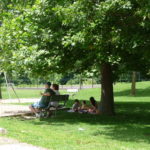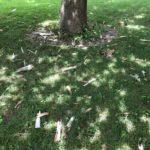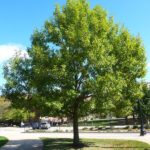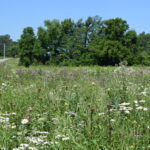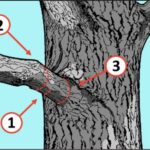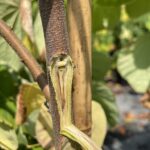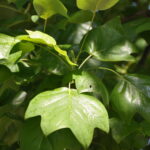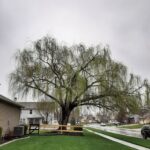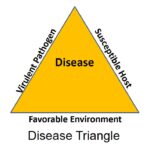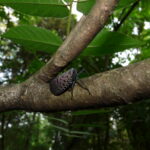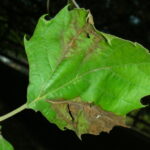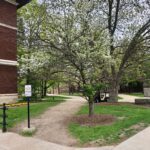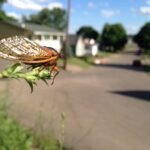Resources for landscapes and gardens in the Midwest
Search Results: how old is my tree
Everyone loves big, veteran trees. They have a certain distinction and royalty in our forests and landscapes. The first question asked is, “I wonder how old that tree is?” Determination of the actual age of a standing, tree is difficult. There are many methods and techniques. Some are fairly accurate and many are just good guesses.
Read MoreIf you spend any time reading about native landscapes, you will quickly find numerous articles and guides for plants that are good for pollinators. Many native pollinator species are in decline, and choosing plants that support their lifecycle is a great way homeowners and landscapers can engage with the effort[Read More…]
Read MoreTrees have amazing strategies to “stay warm” during the winter. But, just how do they do it? This article is a brief summary of what a tree does in the winter to keep from freezing.
Read MoreQ. We have a large sycamore tree in our yard. Every summer it sheds its bark over a few weeks’ time. I think as it grows it is growing new bark and losing the old bark. Am I correct? – J.C., Walton, Ind. A. You’re on the right track. Peeling bark is[Read More…]
Read MoreSome of the questions that I get asked quite frequently are “Are my trees ok?”, “Do I need to have an arborist come work on my trees?”, and “Is there anything I can do to help my trees without hurting my savings?”. Just like many questions, the answers are dependent[Read More…]
Read MoreThe Problem In recent years, nurseries in multiple states have reported moderate to severe dieback, chlorosis and stunting of redbud (Fig. 1). Dieback is defined as “the gradual but progressive death of individual branches or shoots from tips toward the main stem.” Dieback is a catch-all phrase that describes a[Read More…]
Read MoreHoneydew, or the sticky liquid excrement that accumulates beneath trees infested with sucking insects, can attract stinging insects, pit the finish of your car, and coat your plants and picnic tables with black sooty mold. Learning which trees are prone to these problems can keep you from getting tied up in a sticky mess.
Read MoreWhile recent temperatures have been moderate in many parts of the state, rainfall has been lacking. (See The Annual Drought Article). There are chasms in the clay of my backyard that will swallow my kids and dogs whole. While I am not truly worried about the safety of my smaller[Read More…]
Read MoreHow are your plant identification skills? Personally, without a reference, I tend to have difficulty identifying some of the less commonly used trees in the landscape. However, being a disease diagnostician/plant pathologist I do have a fallback strategy – the diseases. One of the key points here is some symptoms[Read More…]
Read MoreHoosiers find Spotted Lanternfly in IN. Report finds to 866-663-9684.
Read MoreWhile fungi are responsible for many of our foliar disease problems, different fungal pathogens present as problems throughout the country, depending upon the host plant grown and the environmental conditions. This is a brief overview of several common types of fungal leaf diseases occur in Indiana and throughout North America[Read More…]
Read MorePART 1 – The Importance of “Physical” Soil Testing In my 40 years of teaching and consulting, one of the biggest and most frustrating problems I continually encounter is when so called “landscape professionals” and homeowners continue to apply annual soil fertilizers, lime, and other soil amendments without ever conducting[Read More…]
Read MoreSign-up to receive email news and alerts from Purdue Landscape Working Group:
